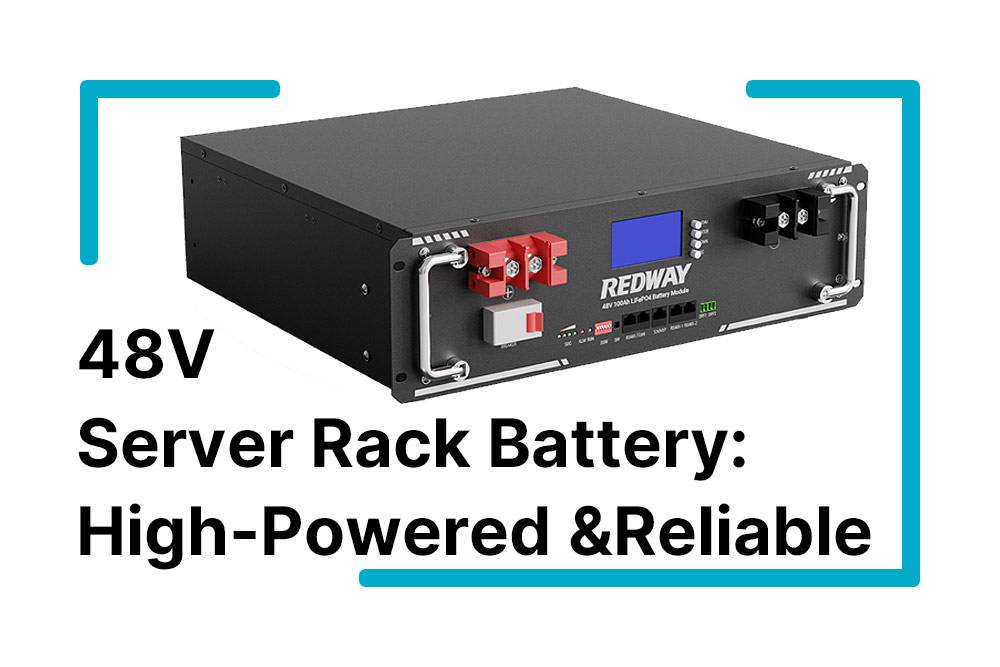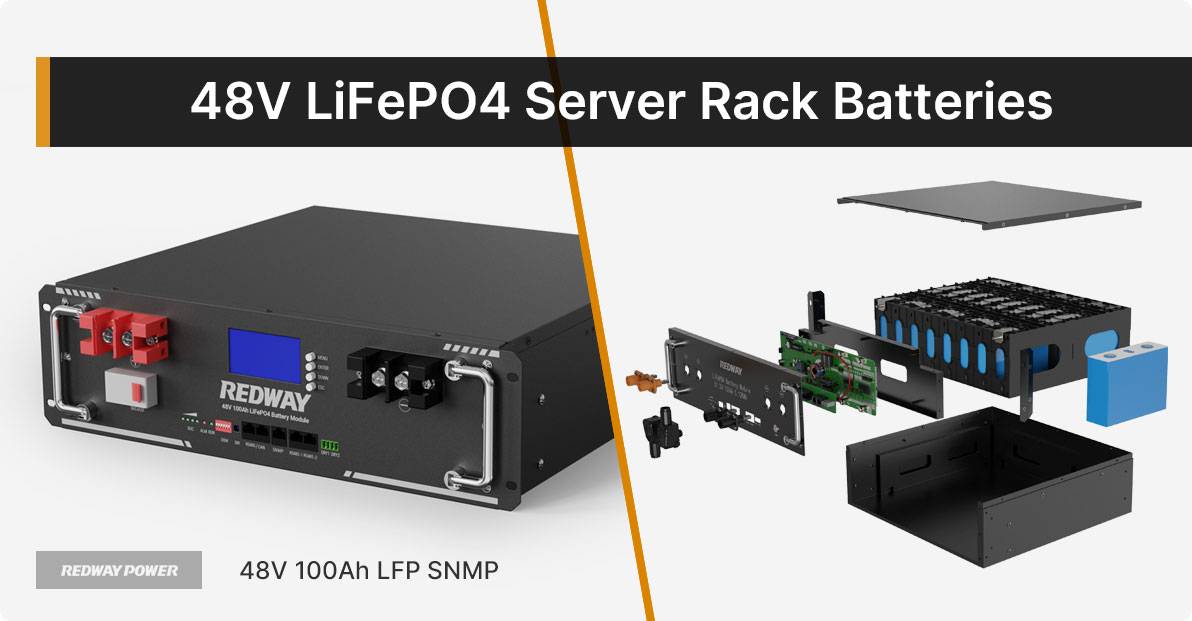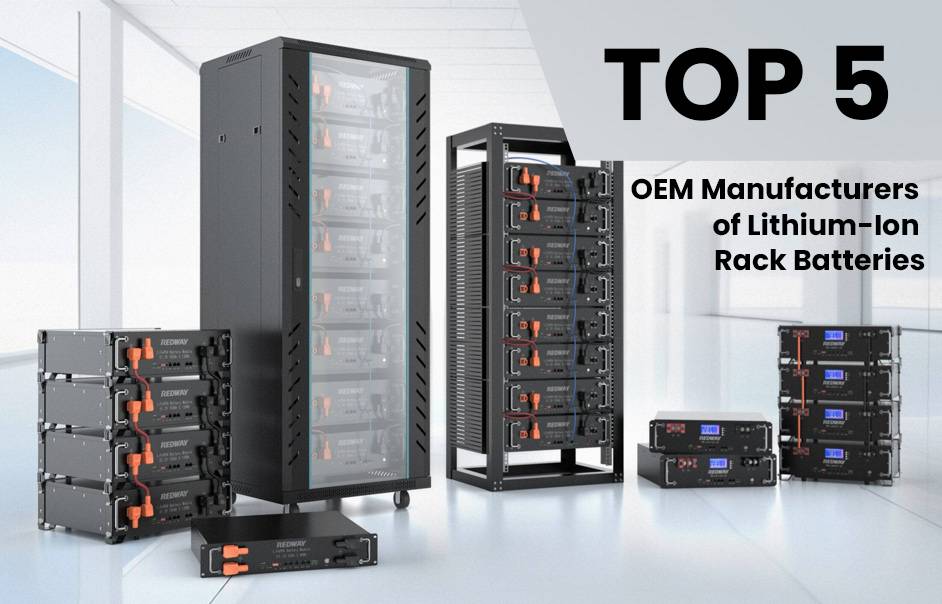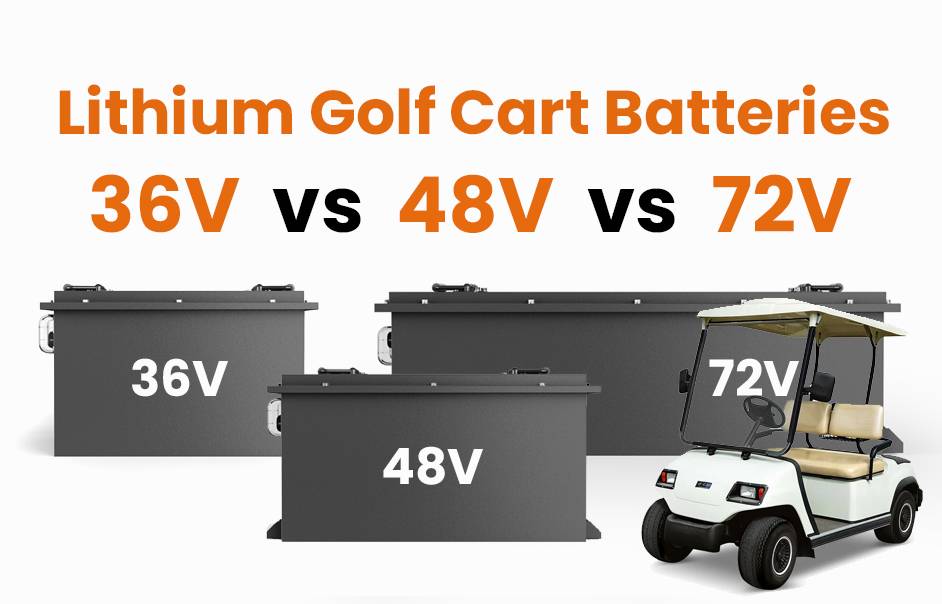- Forklift Lithium Battery
-
48V
- 48V 210Ah
- 48V 300Ah
- 48V 420Ah (949 x 349 x 569 mm)
- 48V 420Ah (950 x 421 x 450 mm)
- 48V 456Ah
- 48V 460Ah (830 x 630 x 590 mm)
- 48V 460Ah (950 x 421 x 450 mm)
- 48V 460Ah (800 x 630 x 600 mm)
- 48V 460Ah (820 x 660 x 470 mm)
- 48V 500Ah
- 48V 560Ah (810 x 630 x 600 mm)
- 48V 560Ah (950 x 592 x 450 mm)
- 48V 600Ah
- 48V 630Ah
-
48V
- Lithium Golf Cart Battery
- 12V Lithium Battery
12V 150Ah Lithium RV Battery
Bluetooth App | BCI Group 31
LiFePO4 Lithium
Discharge Temperature -20°C ~ 65°C
Fast Charger 14.6V 50A
Solar MPPT Charging - 24V Lithium Battery
- 36V Lithium Battery
- 48V Lithium Battery
-
48V LiFePO4 Battery
- 48V 50Ah
- 48V 50Ah (for Golf Carts)
- 48V 60Ah (8D)
- 48V 100Ah (8D)
- 48V 100Ah
- 48V 100Ah (Discharge 100A for Golf Carts)
- 48V 100Ah (Discharge 150A for Golf Carts)
- 48V 100Ah (Discharge 200A for Golf Carts)
- 48V 150Ah (for Golf Carts)
- 48V 160Ah (Discharge 100A for Golf Carts)
- 48V 160Ah (Discharge 160A for Golf Carts)
-
48V LiFePO4 Battery
- 60V Lithium Battery
-
60V LiFePO4 Battery
- 60V 20Ah
- 60V 30Ah
- 60V 50Ah
- 60V 50Ah (Small Size / Side Terminal)
- 60V 100Ah (for Electric Motocycle, Electric Scooter, LSV, AGV)
- 60V 100Ah (for Forklift, AGV, Electric Scooter, Sweeper)
- 60V 150Ah (E-Motocycle / E-Scooter / E-Tricycle / Tour LSV)
- 60V 200Ah (for Forklift, AGV, Electric Scooter, Sweeper)
-
60V LiFePO4 Battery
- 72V~96V Lithium Battery
- Rack-mounted Lithium Battery
- E-Bike Battery
- All-in-One Home-ESS
- Wall-mount Battery ESS
-
Home-ESS Lithium Battery PowerWall
- 24V 100Ah 2.4kWh PW24100-S PowerWall
- 48V 50Ah 2.4kWh PW4850-S PowerWall
- 48V 50Ah 2.56kWh PW5150-S PowerWall
- 48V 100Ah 5.12kWh PW51100-F PowerWall (IP65)
- 48V 100Ah 5.12kWh PW51100-S PowerWall
- 48V 100Ah 5.12kWh PW51100-H PowerWall
- 48V 200Ah 10kWh PW51200-H PowerWall
- 48V 300Ah 15kWh PW51300-H PowerWall
PowerWall 51.2V 100Ah LiFePO4 Lithium Battery
Highly popular in Asia and Eastern Europe.
CE Certification | Home-ESS -
Home-ESS Lithium Battery PowerWall
- Portable Power Stations
How to Choose a High-Powered and Reliable 48V LiFePO4 Server Rack Battery

Choosing a high-powered and reliable 48V LiFePO4 server rack battery is crucial for ensuring uninterrupted power supply in critical applications. These batteries offer long lifespans, high energy density, and safety features that make them ideal for server environments. This guide will help you understand their key features, advantages, and considerations.
What are the key features of a 48V LiFePO4 server rack battery?
A 48V LiFePO4 server rack battery typically includes features such as a built-in Battery Management System (BMS), high energy density, longer life cycles, and safety mechanisms against overcharging or overheating. These batteries are designed for scalability and reliability, making them suitable for powering servers and other critical systems.
| Feature | Description |
|---|---|
| Voltage | 48V |
| Capacity | Varies (e.g., 100Ah, 200Ah) |
| Lifespan | Up to 5000 cycles |
| BMS | Integrated for safety and performance |
| Energy Density | High (up to 160 Wh/kg) |
How does the lifespan of LiFePO4 batteries compare to other battery types?
LiFePO4 batteries have a significantly longer lifespan compared to traditional lead-acid or even some lithium-ion batteries. They can typically endure up to 5000 cycles at an 80% depth of discharge (DoD), making them a cost-effective choice over time due to reduced replacement frequency.
Why is energy density important for server rack applications?
Energy density is critical in server rack applications because it determines how much energy can be stored in a given volume or weight. Higher energy density means more power can be packed into less space, which is essential in data centers where space is at a premium. LiFePO4 batteries offer superior energy density compared to lead-acid batteries, allowing for more compact designs.
What advantages does LiFePO4 technology offer for server racks?
LiFePO4 technology provides several advantages:
- Safety: Lower risk of thermal runaway compared to other lithium technologies.
- Stability: Excellent thermal stability ensures safe operation under varying conditions.
- Long Cycle Life: Extended lifespan reduces total cost of ownership.
- Environmental Impact: Less toxic materials compared to other lithium chemistries.
How do installation and compatibility factors affect battery choice?
When selecting a 48V LiFePO4 server rack battery, it’s essential to consider installation requirements, such as space constraints and compatibility with existing systems. Many models are designed to integrate seamlessly with standard server racks, but it’s crucial to verify compatibility with your specific inverter or power management system.
What are the cost considerations for 48V LiFePO4 server rack batteries?
While the initial investment in LiFePO4 batteries can be higher than lead-acid alternatives, their longevity and efficiency often lead to lower overall costs. Factors influencing price include capacity (Ah), brand reputation, warranty terms, and additional features like communication ports or advanced BMS capabilities.
| Battery Type | Initial Cost (Approx.) | Lifespan (Cycles) | Cost per Cycle (Approx.) |
|---|---|---|---|
| Lead-Acid | $200-$500 | 300-500 | $0.40-$1.67 |
| Lithium-Ion | $400-$800 | 500-2000 | $0.20-$0.80 |
| LiFePO4 | $600-$1200 | 2000-5000 | $0.12-$0.60 |
How do environmental factors impact the performance of these batteries?
Environmental conditions such as temperature can significantly affect battery performance. LiFePO4 batteries operate well in a wide temperature range (-10°C to +60°C), but extreme conditions may require additional cooling solutions or heating elements to maintain optimal performance.
Industrial News
Recent trends indicate a growing demand for LiFePO4 batteries in data centers due to their reliability and safety features. Companies are increasingly adopting these batteries as part of their sustainability initiatives, aiming to reduce carbon footprints while ensuring uninterrupted power supply. Innovations in battery management systems are also enhancing the efficiency of these power solutions.
Redway Power Insights
“Investing in a 48V LiFePO4 server rack battery not only enhances your operational reliability but also aligns with sustainable practices,” says an expert from Redway Power. “With advancements in technology, these batteries are becoming more accessible, providing businesses with safer and longer-lasting power solutions.”
FAQ Section
Q: What is the typical lifespan of a LiFePO4 server rack battery?
A: A typical lifespan is up to 5000 cycles at an 80% depth of discharge.Q: Are LiFePO4 batteries safe for use in data centers?
A: Yes, they have excellent thermal stability and lower risks of thermal runaway compared to other lithium technologies.Q: Can I use a standard charger with my LiFePO4 battery?
A: It is recommended to use chargers specifically designed for LiFePO4 chemistry to ensure optimal charging and safety.Q: What maintenance do these batteries require?
A: Minimal maintenance is needed; regular checks on connections and monitoring through BMS are advisable.

What are the top considerations when selecting a server rack battery for data centers?
When selecting a server rack battery for data centers, there are several key factors to consider. Capacity and runtime are important considerations, as they determine how long the battery can provide backup power. Other important factors include the battery’s voltage, cycle life, and safety features. Additionally, it is important to consider the compatibility of the battery with the server rack and any other components in the data center.
How does the performance of LiFePO4 batteries compare to traditional lead-acid in server rack applications?
LiFePO4 batteries offer several advantages over traditional lead-acid batteries in server rack applications. LiFePO4 batteries have a longer lifespan, higher energy density, and faster charging times. They are also more environmentally friendly and have a lower risk of thermal runaway. Overall, LiFePO4 batteries are a more reliable and cost-effective option for server rack applications.
What are the expected lifespan and cycle count for high-quality 48V server rack batteries?
High-quality 48V server rack batteries typically have a lifespan of 10-15 years, with a cycle count of 2000-5000 cycles. However, the lifespan and cycle count can vary depending on factors such as temperature, depth of discharge, and charging/discharging rates. Proper maintenance and monitoring can help extend the lifespan and cycle count of the battery.
Can you explain the maintenance requirements for LiFePO4 server rack batteries?
LiFePO4 server rack batteries require minimal maintenance compared to traditional lead-acid batteries. However, it is important to monitor the battery’s state of charge, voltage, and temperature regularly. The battery should also be kept clean and free from debris, and any damaged or worn components should be replaced promptly. It is also important to follow the manufacturer’s recommended charging and discharging procedures to ensure optimal performance and lifespan.
What safety features should be looked for in a 48V LiFePO4 server rack battery?
Safety features are an important consideration when selecting a 48V LiFePO4 server rack battery. Overcharge and over-discharge protection, as well as short-circuit protection, are essential safety features that should be present in any LiFePO4 battery. Additionally, some LiFePO4 batteries may include thermal runaway protection, which helps prevent the battery from overheating and catching fire.
How do environmental factors affect the efficiency and durability of server rack batteries?
Environmental factors such as temperature, humidity, and vibration can affect the efficiency and durability of server rack batteries. High temperatures can reduce the battery’s lifespan and cycle count, while low temperatures can reduce the battery’s capacity and increase its internal resistance. Humidity and vibration can also cause damage to the battery’s internal components over time. It is important to consider these factors when selecting a server rack battery and to provide proper ventilation and temperature control in the data center.


















